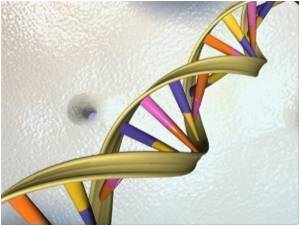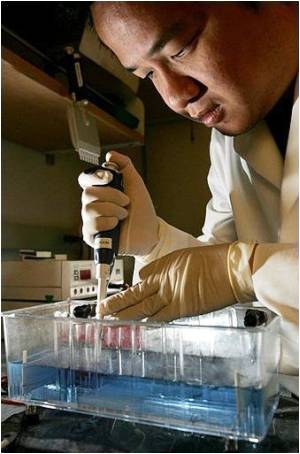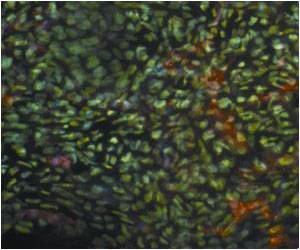A novel mechanism that modulates the mechanism of Th17 cell responses has been identified by researchers.

Cytokines such as IL-2 or IL-7, which share a common receptor component (called gamma-c) are released by other T cells or specialized non-lymphoid cells. This family of cytokines is critical in the development, survival, proliferation and differentiation of T cell subsets. Gamma-c cytokines activate several signaling pathways within the cells that lead to activation of transcription factors, which then turn on and off specific genes. The researchers found that gamma-c cytokines induced Th17 cell function by activating a specific pathway involving the kinases PI-3K and Akt. They further showed that two transcription factors called FOXO1 and KLF2, which are normally inhibited by PI-3K and Akt activity, suppress the production of Th17 cytokines when overexpressed, even if PI-3K and Akt are fully active. These lines of evidence highlight a novel anti-inflammatory mechanism of action for PI-3K and Akt inhibitors, some of which are in clinical development for cancer-related indications.
"The Th17 subset of T cells have potent weapons. It seems the level of gamma-c cytokines in the local environment acts as a danger signal, it tells Th17 cells to load their weapons and ready to fire if they are triggered by the enemy," said Dr. Unutmaz.
Because of their importance in infectious and autoimmune diseases, the proportion of Th17 cells in the blood of an individual has become a useful biomarker when evaluating autoimmune disease progression or patient responses to treatments. The current method to quantify Th17 cells in blood or tissues involves looking at the secretion of their characteristic cytokines (i.e., IL-17 or IL-22) directly after the cells have been isolated. However, the researchers in this study noticed that this type of "ex vivo" cytokine analysis underestimates the frequency of Th17 cells in the blood of both healthy individuals and rheumatoid arthritis patients. In fact, the majority of human Th17 cells in blood displayed a "poised" phenotype, expressing neither IL-17 nor IL-22 unless they were first stimulated with gamma-c cytokines. This finding has important implications, both for how T cells are classified based on cytokine expression, and how Th17 cells are enumerated in human clinical investigations.
"There are many published studies that have relied on counting human Th17 cells based on their ability to secrete IL-17 out of the blood. We will have to be more careful interpreting these results, since a significant portion of Th17 reserves are not detected by current assays," said Dr. Unutmaz.
The findings in this study also underscore the local tissue environment in modulating the function of T cells. The researchers speculate that the Th17 cells sense the micro-environment for signs of inflammation, which can be caused by bacterial infections, and accordingly decide how potently they should respond. However, if the inflammatory milieu is unregulated or triggered by self-antigens and sustained by local cells, Th17 cells can cause in responses that are either unwanted or not proportionate to the external insults. So manipulating the novel regulatory mechanisms discovered in this study could lead to more specific treatments that can fine-tune the imbalance of the immune responses.
Advertisement
Source-Eurekalert









